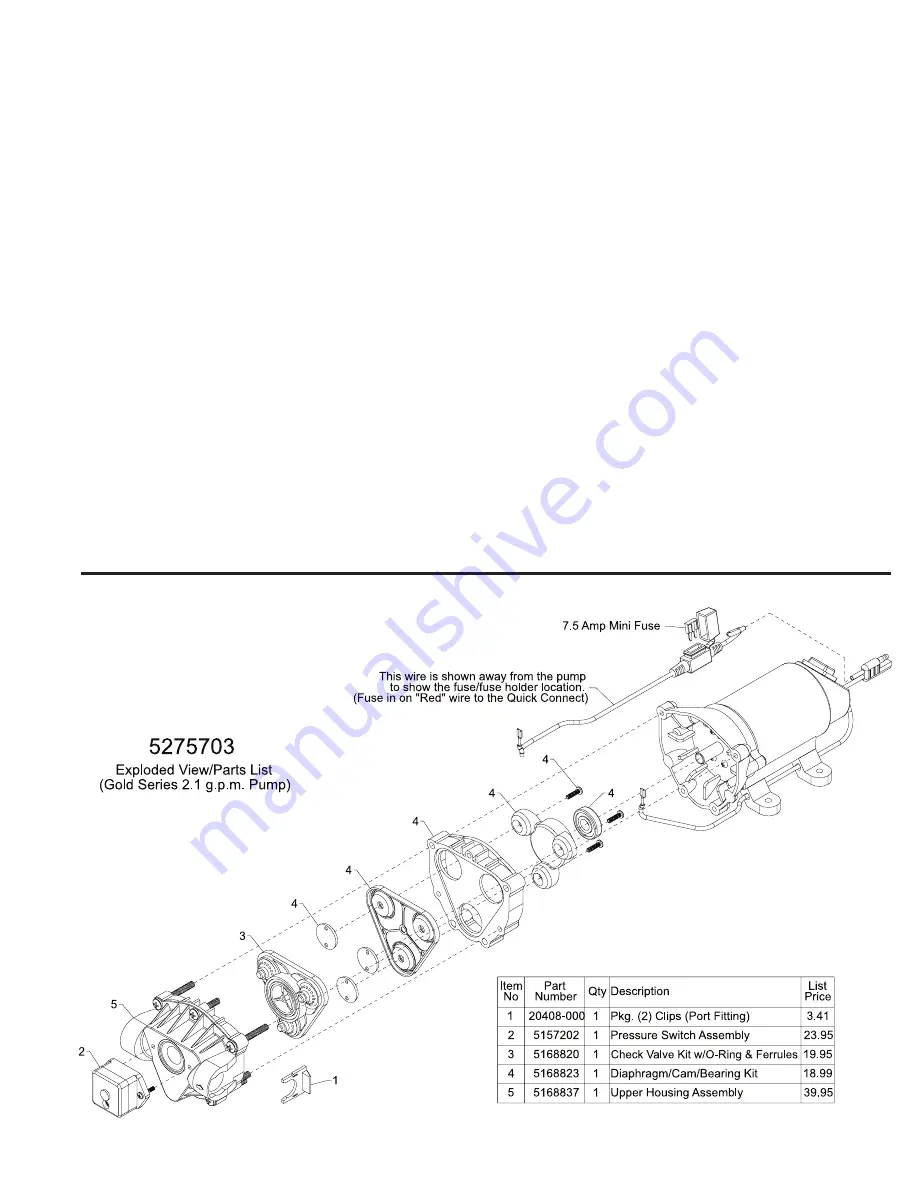
Page 3
Once you know how much you are going to spray then de-
termine (from the tip chart) the spraying pressure (PSI), and
the spraying speed (MPH).
conditions of weather and terrain must be considered when
setting the sprayer. Do not spray on windy days. Protective
clothing must be worn in some cases.
Be sure to read the
chemical label carefully.
Determining the proper speed of the tractor can be done by
marking off 100, 200 and 300 feet. The speed chart indicates
the number of seconds it takes to travel the distances. Set the
throttle and with a running start travel the distances. Adjust the
throttle until you travel the distances in the number of seconds
indicated by the speed chart. Once you have reached the
throttle setting needed, mark the throttle location so you can
stop and go again (returning to the same speed).
Add water and proper amount of chemical to tank and drive
to the starting place for spraying.
When you are ready to spray, turn the boom valve to the
“on” position. This will start solution spraying from the
tips. The pressure will decrease slightly when the boom is
spraying. Adjust the pressure lower by operating the bypass
valve.
after SprayInG
After use fill the sprayer part way with water. Start the sprayer
and allow clear water to be pumped through the plumbing
system and out through the spray nozzles.
Refill the tank about half full with plain water and use a
chemical neutralizer such as Nutra-Sol or equivalent and
repeat cleaning instructions. Flush the entire sprayer with
the neutralizing agent. Follow the chemical manufacturers
disposal instructions of all wash or rinsing water.
remove tips and screens from the boom. Wash tips thor-
oughly with water or cleaning solution (appropriate for chemi-
cal used). Blow out orifice, clean and dry. If orifice remains
clogged clean it with a fine bristle (not wire) brush, or with a
tooth pick. Do not damage the orifice. water rinse and dry
tips before storing.
wInter StoraGe
Drain all water and chemical out of sprayer, paying special
attention to pump, handgun and valves. These items are
especially prone to damage from chemicals and freezing
weather.
The sprayer should be winterized before storage
by pumping a solution of RV antifreeze through the
entire plumbing. Proper care and maintenance will prolong
the life of the sprayer.






















